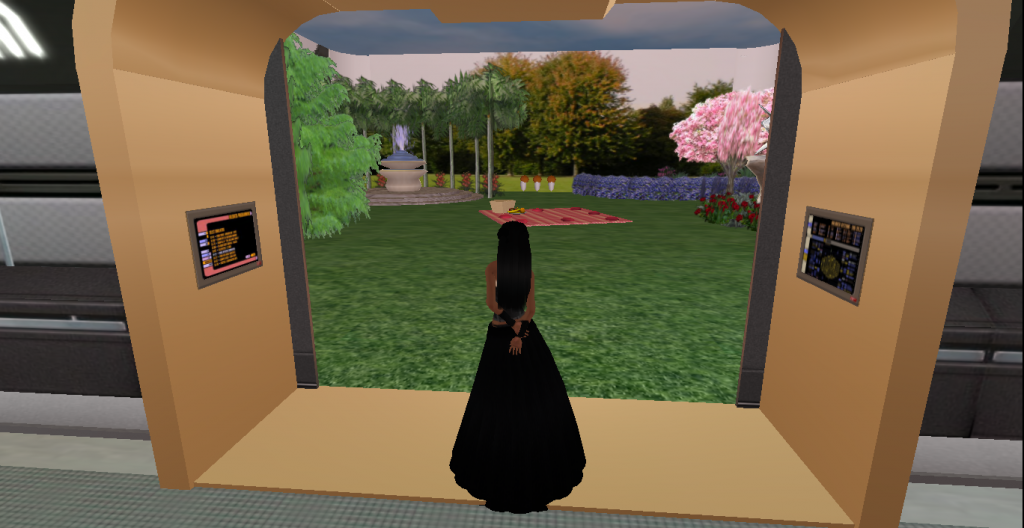It’s not quite frikkin’ lasers, genuine hover boards or time travel, but BBC News reported yesterday that Chinese researchers have “teleported a photon from the Gobi desert to a satellite orbiting five hundred kilometres above the earth”. How did they manage this feat of sci-fi wonderment? Through something called quantum entanglement, “a process where two particles react as one with no physical connection between them”.
Huh? Yeah, we don’t really get that, either. Further digging (that is, listening to Ian Walmsley, Hooke Professor of Experimental Physics at Oxford University talking to the BBC) suggests that what that means is that there’s a photon on earth, another in the satellite and what the researchers have managed is a replication of the information content contained in the earth-based photon in the space-based one. Which sounds like rather than teleporting the same matter — which is the sense in which we think of teleportation, thanks to Star Trek and its ilk — it’s making an identical copy of it.
Nonetheless, imagine if you could make an replica of an object that’s in every sense identical to it, and do so in milliseconds in a distant location. That would constitute teleportation in the sense we tend to think of it. Of course, if we were doing it with people we’d need to figure out how to dispose of the original, otherwise we’d likely end up with the sort of clone horrors we’ve been warned about by Rick and Morty.
So, what are the potential uses of this nascent technology? Ultra-secure information transfer, or a key component in a “cloud-based quantum computing network,” according to Walmsley. Which sounds like a solid start. But what we really want is UberEatsTeleport, where we can get our favourite dish from Momo Baohaus to materialise on our coffee table… and, you know, a free bao for referring other space cadets, er, diners.
